- Introduction to cheap microinverter
technology and significance in solar energy
- Market data: Growth, adoption rates, cost trends for microinverters
- Technical advantages of advanced models, including efficient conversions and safety
- Comparison of major vendors, featuring TSUN Gen3 MS600MS700MS800 and MS300MS350MS400
- Customization solutions for varying applications and installations
- Real-world case studies demonstrating performance and ROI improvements
- Conclusion: The future outlook for cheap microinverter solutions
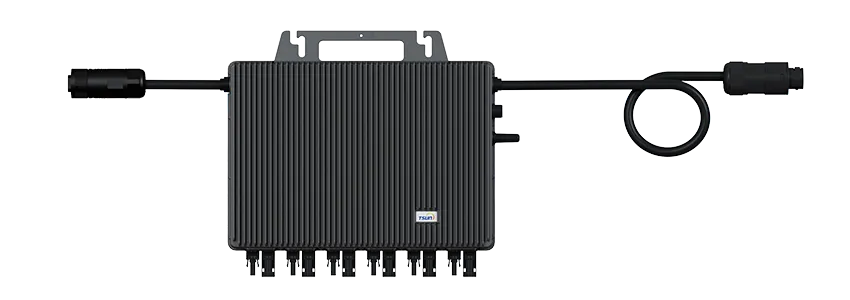
(cheap microinverter)
Unveiling the Potential of Cheap Microinverter Technology
The move towards sustainable energy sources rapidly increases global demand for efficient solar systems, making cheap microinverter technology a crucial innovation. Unlike traditional string inverters, microinverters are installed per solar panel, maximizing energy harvest, especially under partial shading or complex roof structures. The affordable nature of these inverters makes distributed solar power solutions more accessible to homes and commercial sites looking to accelerate their return on investment. For stakeholders considering solar adoption, the shift to cost-effective microinverters can significantly impact both installation flexibility and energy reliability. This overview sets the stage for an in-depth look into market trends, technical breakthroughs, and key differentiators among leading manufacturers.
Microinverter Market: Dynamic Data and Economic Trends
The global microinverter market has demonstrated remarkable growth, projected to surpass USD 3.5 billion by 2028, with a compound annual growth rate (CAGR) exceeding 15%. With residential solar adoption climbing at a 28% annual rate in the United States alone, the adoption of affordable microinverters is rapidly accelerating, supported by both national policies and consumer preference for higher performance at lower costs.
Below, data highlights recent price trends and adoption:
| Year |
Global Microinverter Market Value (USD Billion) |
Average Microinverter Price ($/W) |
Residential Solar Adoption Rate (%) |
| 2020 |
1.95 |
0.29 |
17 |
| 2022 |
2.48 |
0.23 |
23 |
| 2024 (Est.) |
3.15 |
0.18 |
28 |
The consistent drop in average cost per watt and uptick in market value underscore the increasing influence of affordable microinverters on global solar economics. This data-driven trend fuels the need to assess advanced models and their performance.
Pushing the Limits: Technical Advantages of Advanced Microinverter Models
Innovation within the realm of microinverters revolves around not just cost, but crucially, enhanced efficiency, reliability, and safety. Advanced cheap microinverter solutions, specially designed for various solar deployment scales, leverage topologies that deliver over 96.5% CEC efficiency, with rapid shutdown compliance for maximum safety. Features such as module-level monitoring, increased MPPT (Maximum Power Point Tracking) accuracy, and robust environmental resistance (IP67+ enclosures) have become standard in recent models.
- Conversion Efficiency: Leading cheap TSUN Gen3 microinverter MS600MS700MS800 models consistently achieve 95-97% conversion rates, ensuring minimal energy loss per panel.
- Safety & Shutdown: Rapid shutdown in less than 20 seconds meets latest National Electrical Code (NEC) standards, reducing electrical arc risks during emergencies or maintenance.
- Monitoring & Analytics: Integrated Real-Time Powerline Communication (PLC) systems enable granular monitoring, optimizing fault detection and maintenance processes.
- Temperature Resilience: Designed to operate efficiently from -40°C to +65°C, supporting deployment in extreme climates without performance compromise.
The incorporation of high-grade components and firmware updates ensures these microinverters remain both flexible and scalable for diverse applications, setting new market benchmarks.
Industry Comparison: TSUN Gen3 and Leading Microinverter Manufacturers
As solar integrators consider both performance and cost, choosing the right microinverter is pivotal. The table below compares the key specifications and features among industry leaders, focusing on cheap TSUN Gen3 microinverter MS600MS700MS800 and MS300MS350MS400, to highlight differences relevant for commercial and residential projects.
| Manufacturer |
Model |
Max Output Power (W) |
CEC Efficiency (%) |
Warranty (Years) |
MPPT Channels |
Monitoring |
Avg. Market Price (USD) |
| Product |
Performance |
| TSUN |
MS600 |
600 |
96.5 |
15 |
25 |
2 |
PLC/Cloud |
95 |
| TSUN |
MS700 |
700 |
96.8 |
15 |
25 |
2 |
PLC/Cloud |
109 |
| TSUN |
MS800 |
800 |
97.0 |
15 |
25 |
2 |
PLC/Cloud |
122 |
| TSUN |
MS300 |
300 |
95.8 |
12 |
20 |
1 |
PLC |
57 |
| TSUN |
MS350 |
350 |
95.9 |
12 |
20 |
1 |
PLC |
66 |
| TSUN |
MS400 |
400 |
96.2 |
12 |
20 |
1 |
PLC |
72 |
| Enphase |
IQ7 |
250 |
96.5 |
10 |
25 |
1 |
Envoy |
135 |
| Hoymiles |
HM-600 |
600 |
96.7 |
10 |
15 |
2 |
Wi-Fi |
105 |
The cost-effective TSUN Gen3 series microinverters deliver more competitive pricing with high efficiency and longer product and performance warranties, providing buyers with a compelling alternative to pricier US and European offerings.
Tailored Microinverter Solutions for Diverse Solar Projects
One major advantage of modular microinverter architecture is the adaptability across multiple project environments. Installers can specify mixed microinverter configurations, such as deploying cheap TSUN Gen3 microinverter MS600MS700MS800 for higher wattage modules on commercial rooftops, while utilizing MS300MS350MS400 models in small-scale or residential environments. This scalability means systems are customized to sunlight exposure, shading patterns, and expected load profiles, all while controlling capital expenditure.
-
Residential: MS300–MS400 support small PV arrays with limited roof space, delivering cost-effective MPPT for each module, and enabling high yields even on complex roofs.
-
Commercial: MS600–MS800 support larger installations, facilitate load balancing, and maximize energy harvest per square meter, especially in regions with variable sunlight.
-
Off-grid/Hybrid: Flexible compatibility with battery storage systems and retrofit capability ensure integration with emerging distributed energy storage architectures.
Integrators can optimize project design on a per-panel basis, supporting phased expansions and lowering maintenance costs—critical for both long-term reliability and efficient O&M budgets.
Performance Demonstrated: Application Cases and Measured Impact
Real-world deployments underline the transformative role of affordable microinverters. Below are concise case studies demonstrating diverse applications:
| Site Type |
Location |
Installed Microinverter Models |
Capacity (kW) |
Avg. Yield Increase (%) |
ROI Improvement |
| Residential Rooftop |
Berlin, Germany |
TSUN MS300/350 |
5.2 |
12.5 |
2.1-year reduction in payback |
| Light Commercial Office |
León, Spain |
TSUN MS600/800 |
18 |
9.8 |
8% IRR increase |
| School Campus |
Bangkok, Thailand |
Hoymiles HM-600, TSUN MS700 |
23 |
15.2 |
80% downtime reduction |
| Off-grid Agriculture |
Western Australia |
TSUN MS400 |
3.5 |
10.7 |
Decreased gen-set reliance by 32% |
Each installation highlighted improved energy yields, minimized shading penalties, and enhanced real-time management capabilities, achieved primarily by selecting cheap microinverter models optimized for local requirements and solar resource profiles.
The Future of Cheap Microinverter Solutions: Improving Solar for All
As emerging economies and developed markets alike continue to prioritize low-carbon energy, the significance of cheap microinverter technology grows in shaping distributed solar adoption. Improved MLPE (Module Level Power Electronics) performance, increased cost-efficiency, and a strong after-sales support network define the next phase for affordable microinverter solutions. The diverse range of tailored models—from the MS300MS350MS400 series for precision residential deployments to the robust MS600MS700MS800 for demanding commercial environments—demonstrates how innovation is driving down barriers and accelerating payback periods. In the years ahead, ongoing integration of digital monitoring, smarter grid compatibility, and enhanced safety features will continue to refine the value proposition for all stakeholders, ensuring that efficient renewable energy generation becomes both financially and operationally accessible to a broader audience.
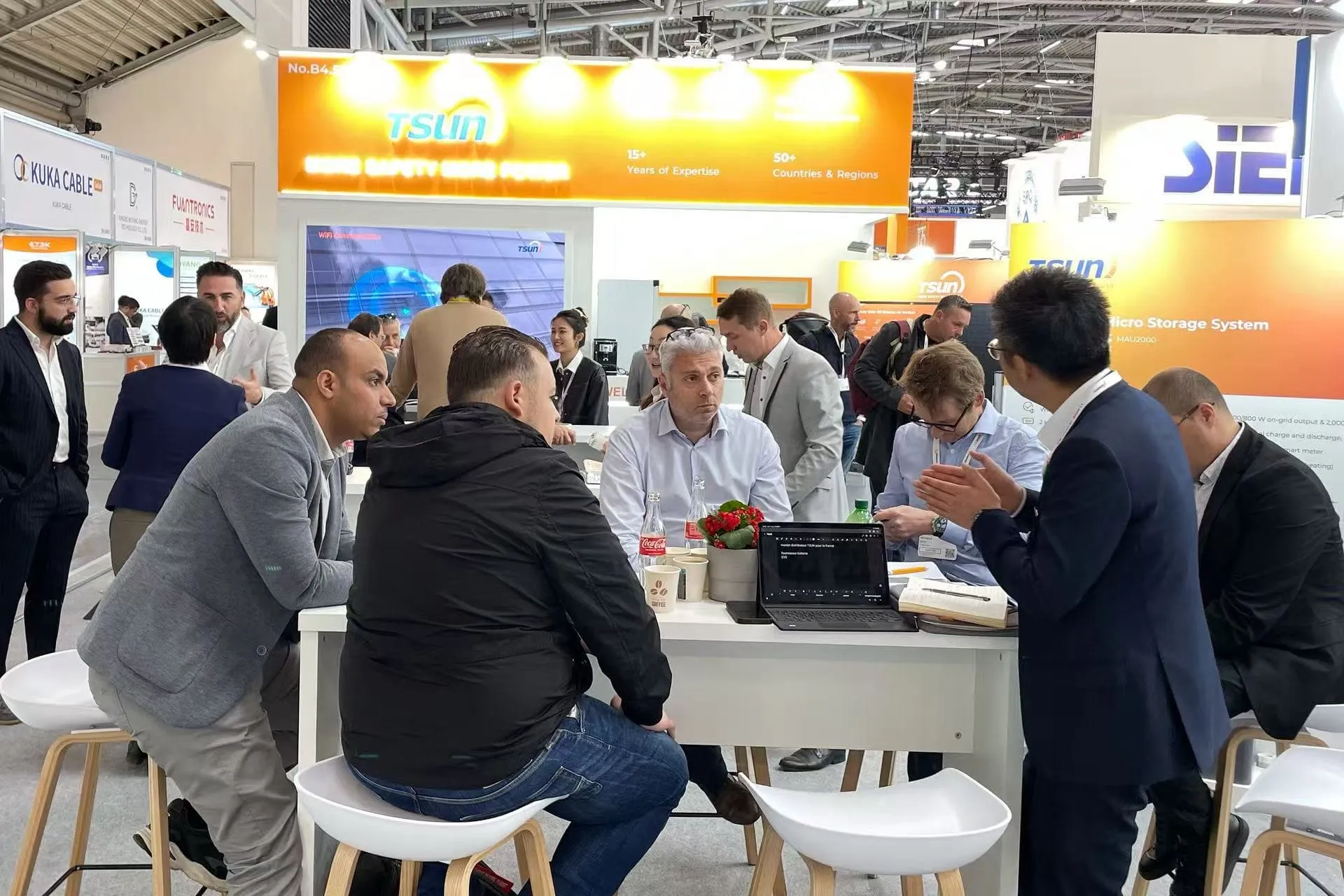
(cheap microinverter)
FAQS on cheap microinverter
Q: What are the key features of a cheap microinverter?
A: Cheap microinverters typically offer reliable power conversion at a lower cost and are easy to install. They provide efficient performance for small to medium solar panel systems. Their affordability makes them ideal for budget-conscious users.
Q: Are cheap Tsun Gen3 microinverters MS600/MS700/MS800 reliable?
A: Yes, cheap Tsun Gen3 microinverters MS600, MS700, and MS800 deliver stable output and durability. They are designed to perform efficiently even at a lower price point. Many users prefer them for their balance of quality and cost.
Q: Can I use cheap Tsun Gen3 microinverters MS300/MS350/MS400 for home solar projects?
A: Absolutely, the cheap Tsun Gen3 MS300, MS350, and MS400 microinverters are suitable for small residential solar setups. They are compact, easy to install, and offer stable performance. Their affordability helps reduce the overall installation cost.
Q: What makes a cheap microinverter different from a standard one?
A: Cheap microinverters offer similar basic functions but may lack advanced features found in higher-end models. They still ensure power conversion and safety compliance. The primary difference is a lower cost with possibly fewer customization options.
Q: Where can I buy cheap microinverters for my solar panel installation?
A: Cheap microinverters are available from online retailers, solar supply stores, and manufacturer websites. Look for retailers that specifically list Tsun Gen3 MS600/MS700/MS800 or MS300/MS350/MS400 models. Compare prices and reviews to find the best deal.
 LEARN DETAILS
LEARN DETAILS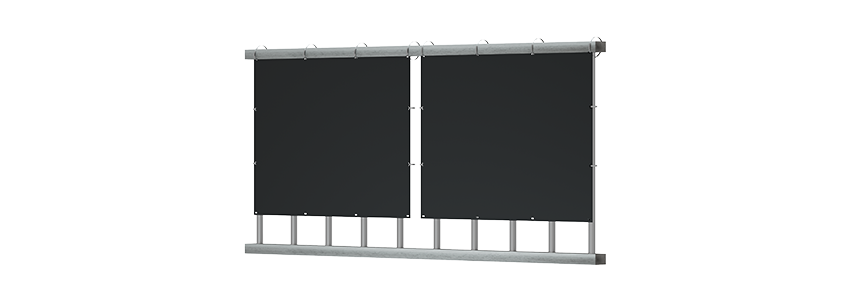
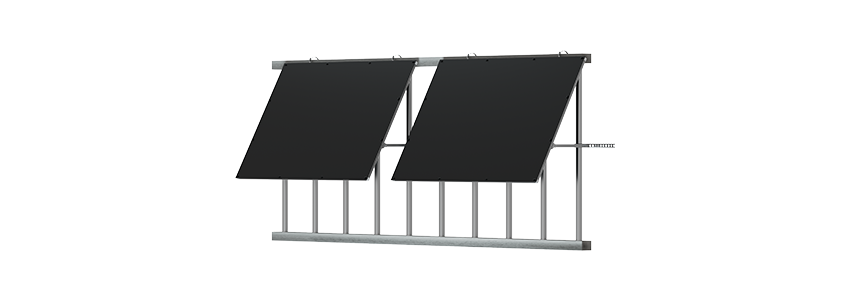

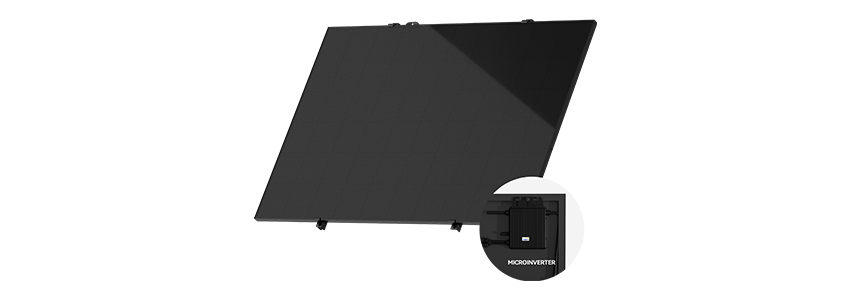
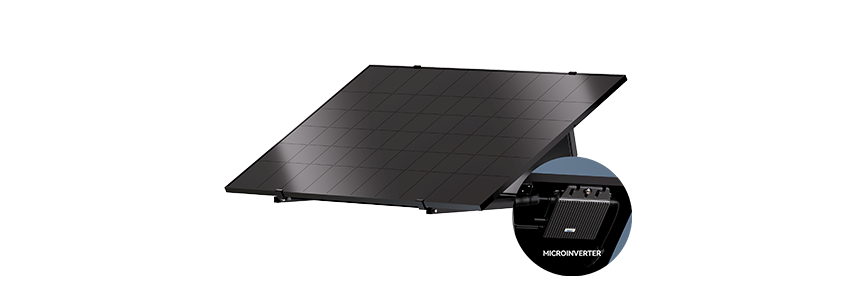
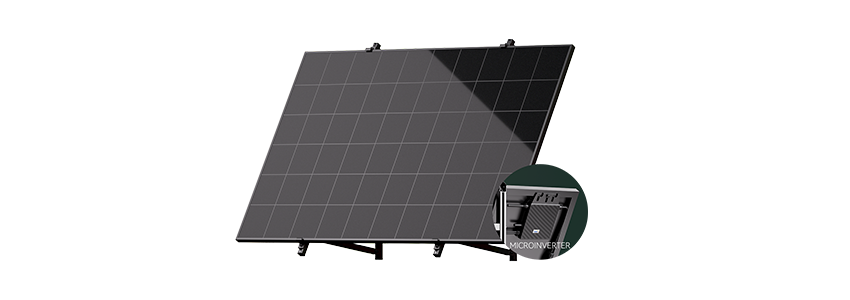
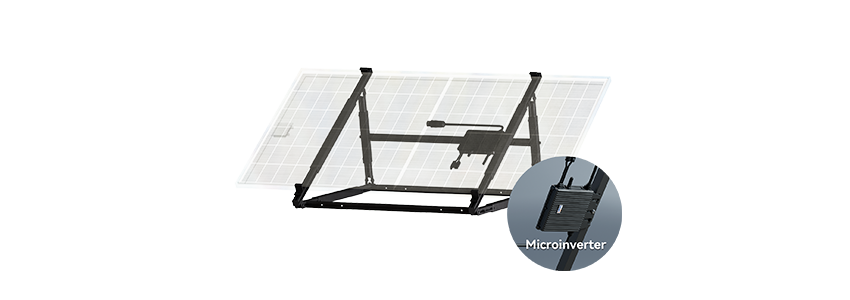
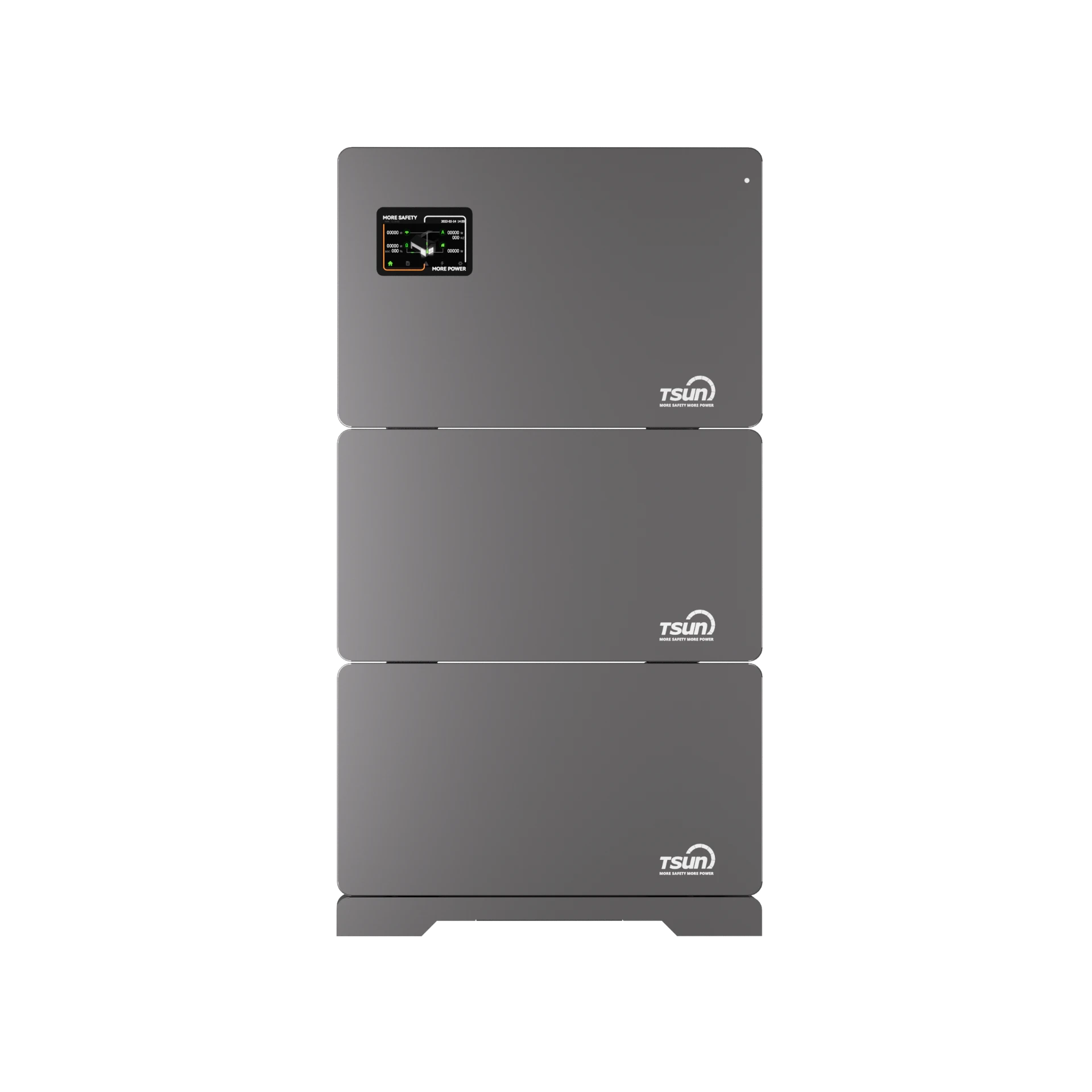
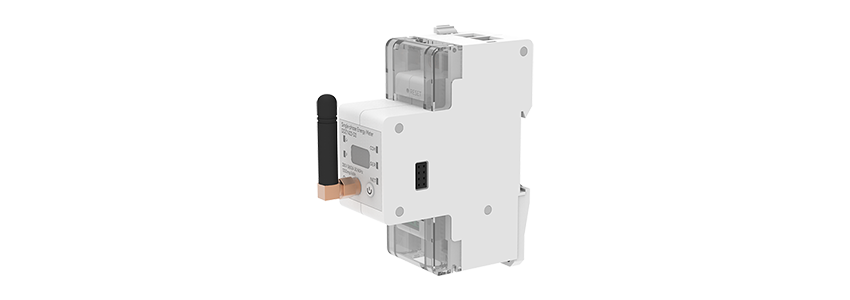
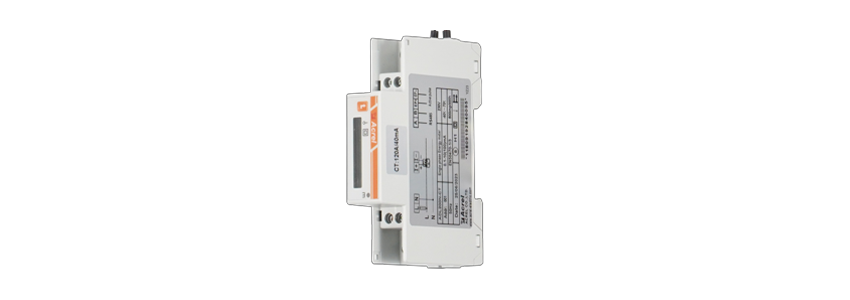
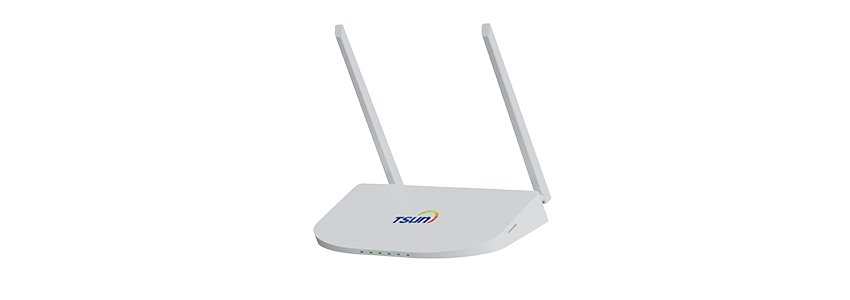

 LEARN DETAILS
LEARN DETAILS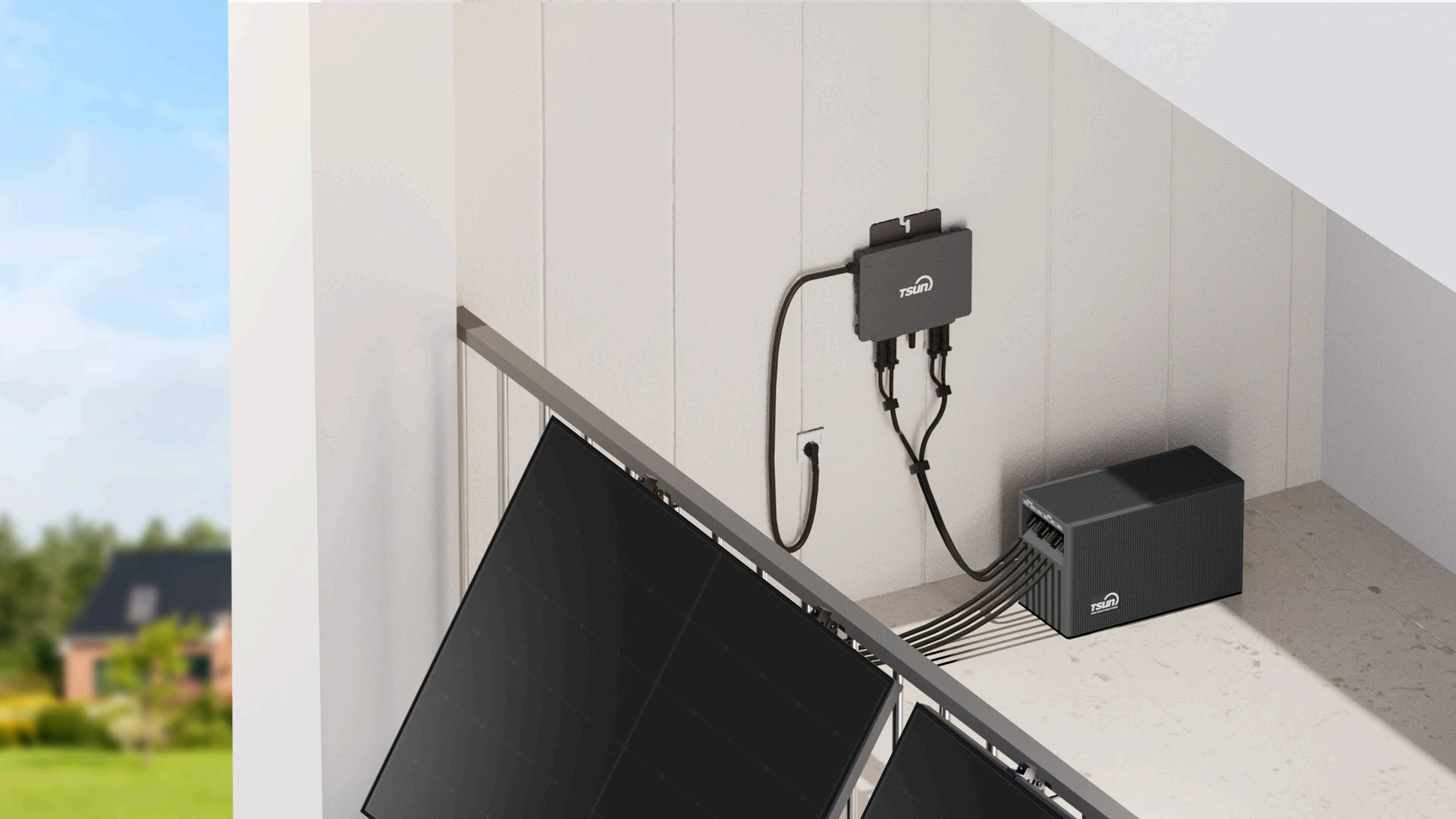
 LEARN DETAILS
LEARN DETAILS
 LEARN DETAILS
LEARN DETAILS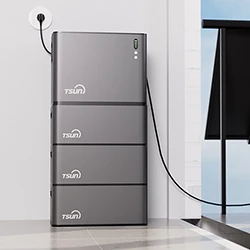
 LEARN DETAILS
LEARN DETAILS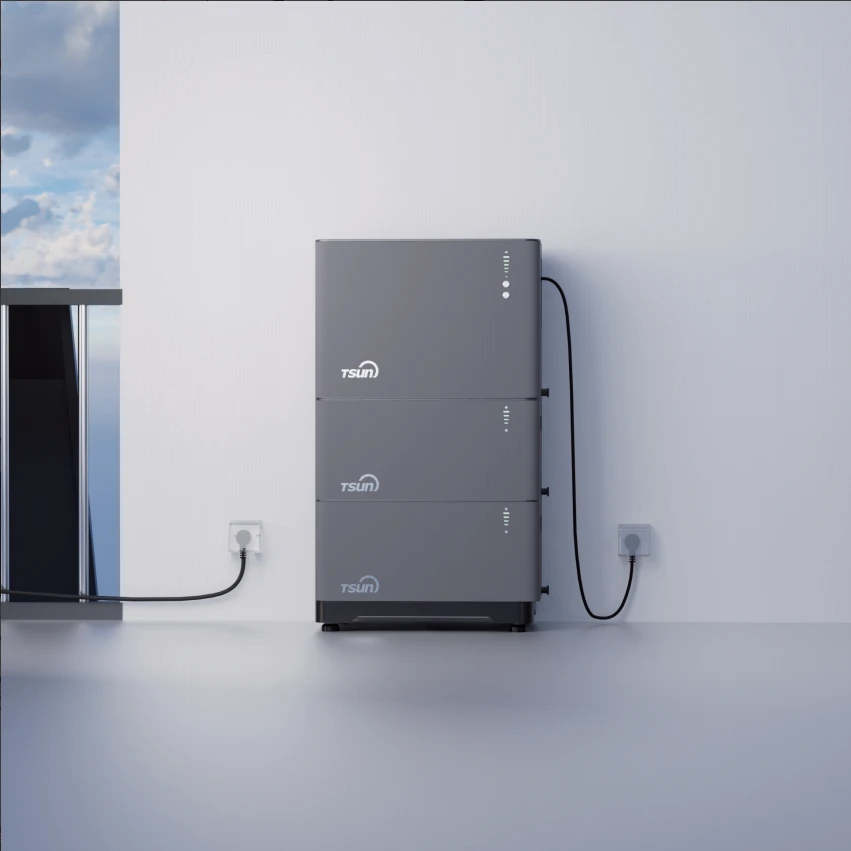
 LEARN DETAILS
LEARN DETAILS

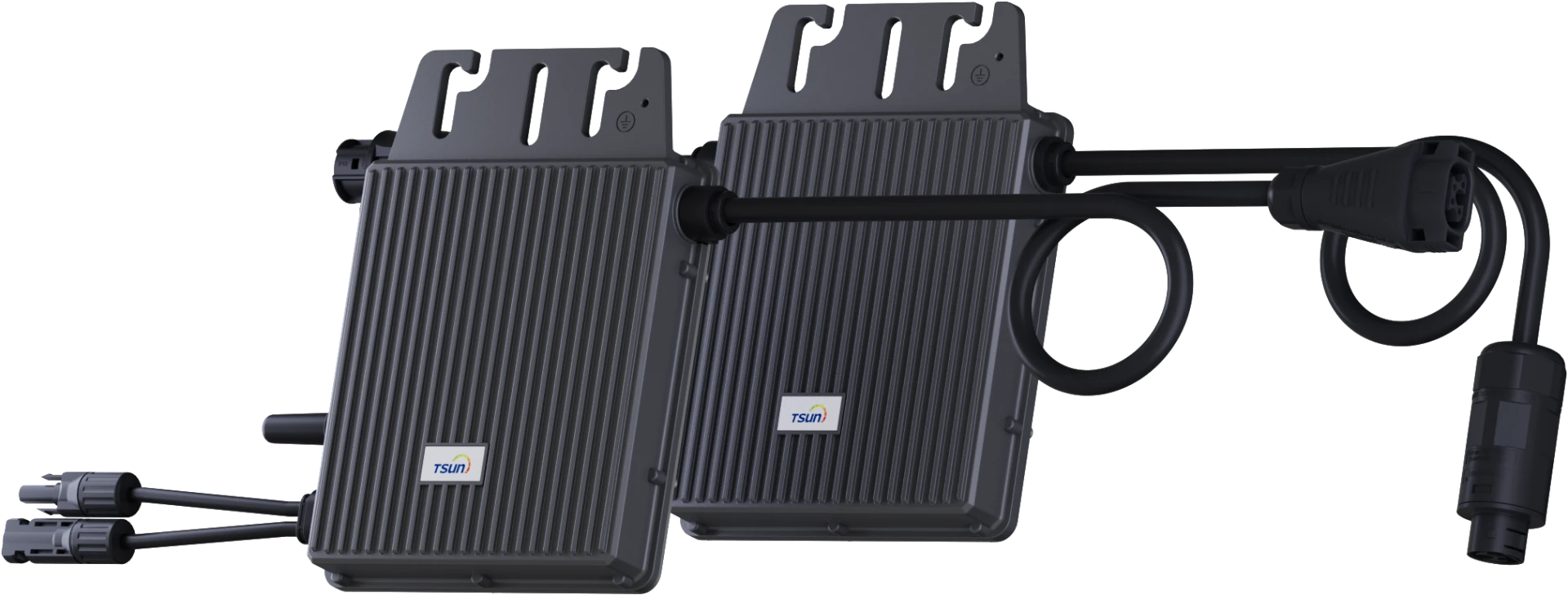

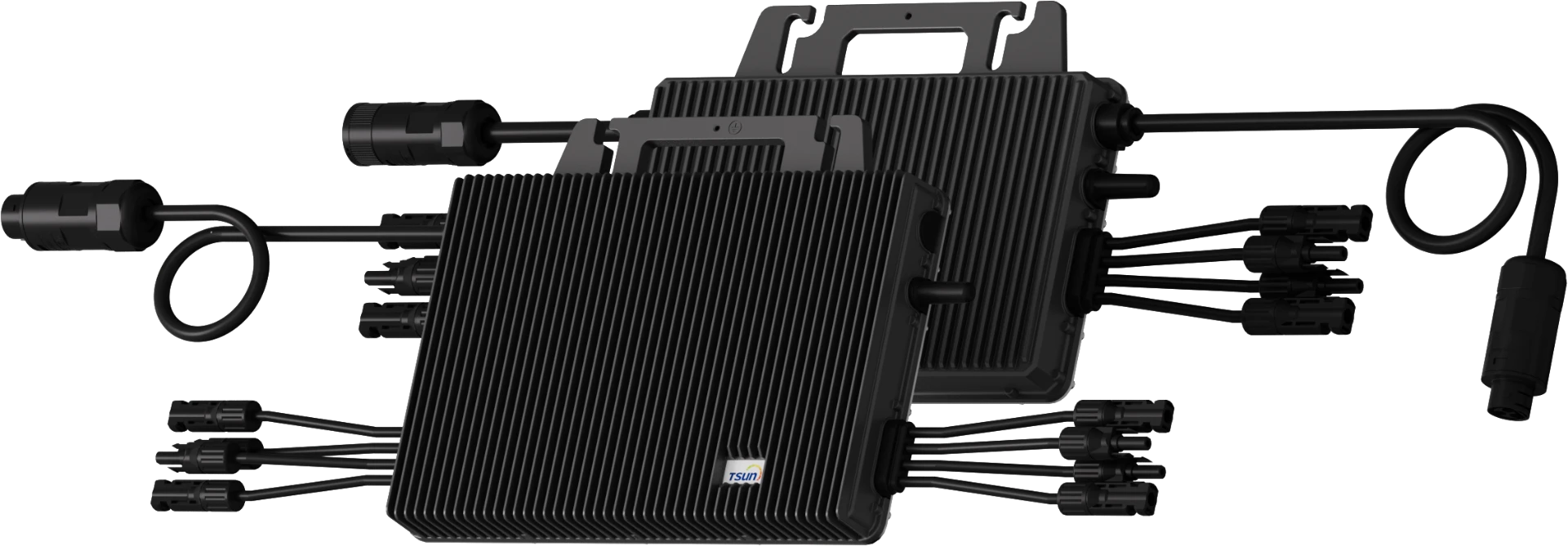
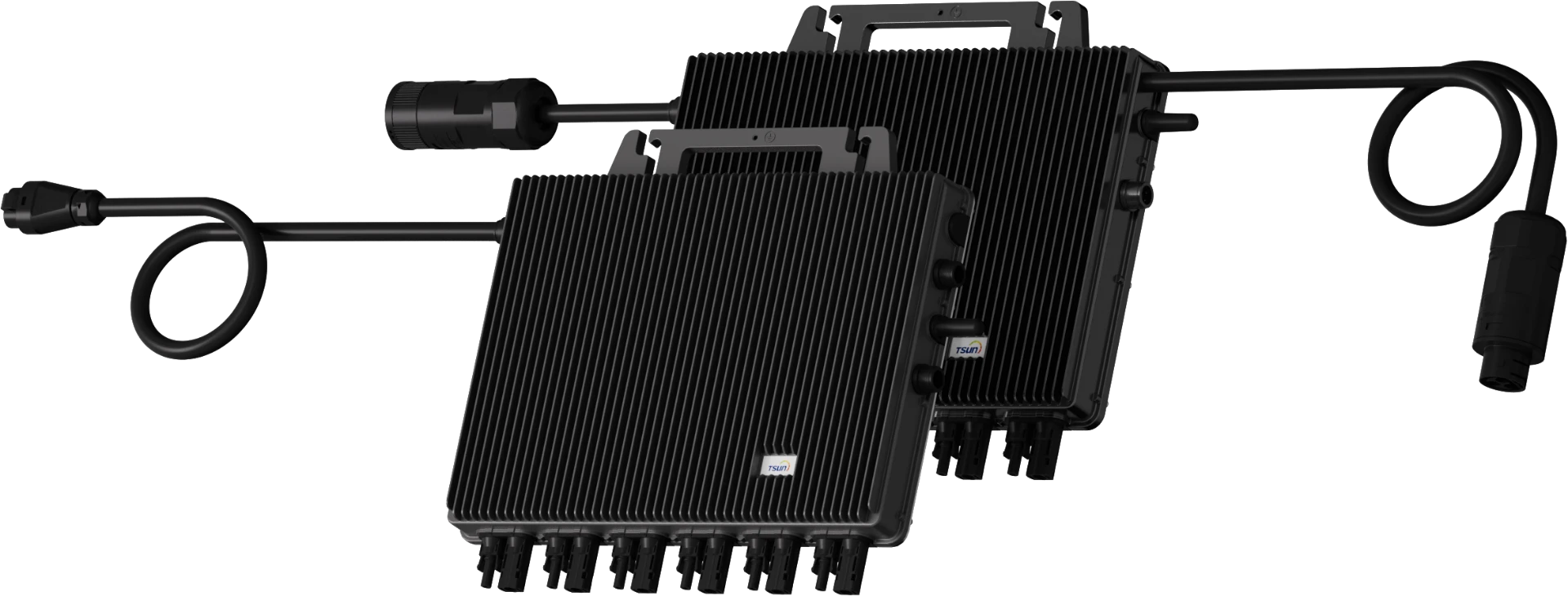
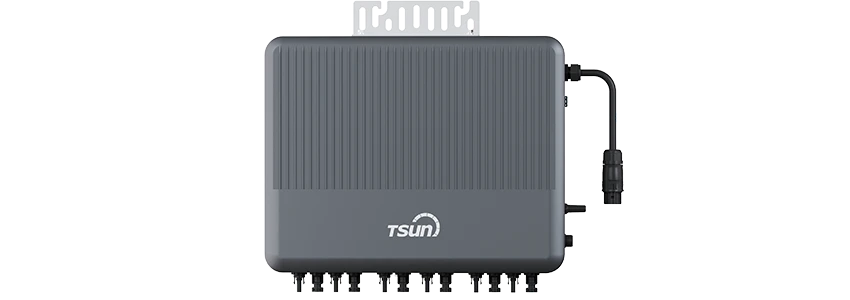
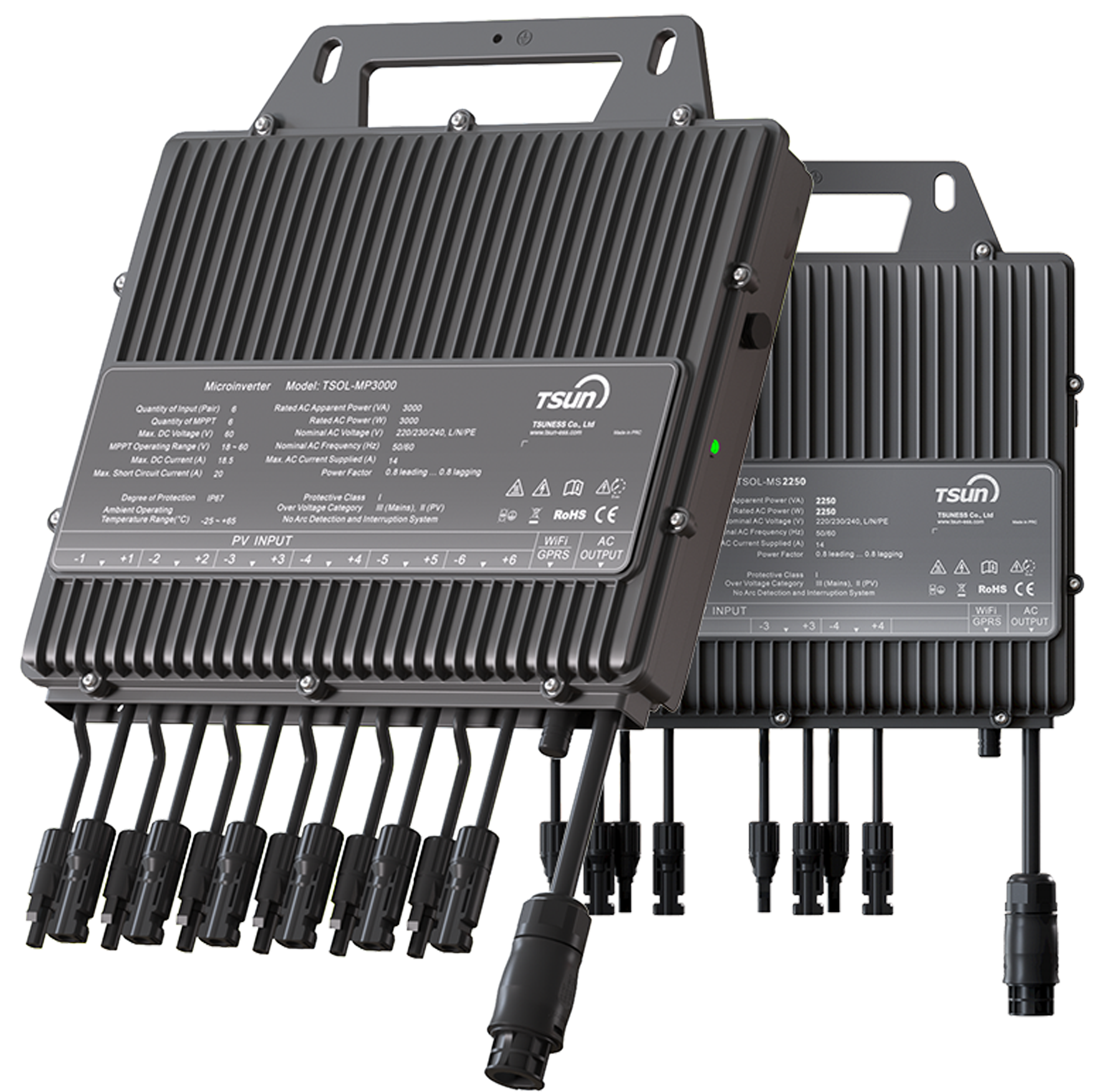

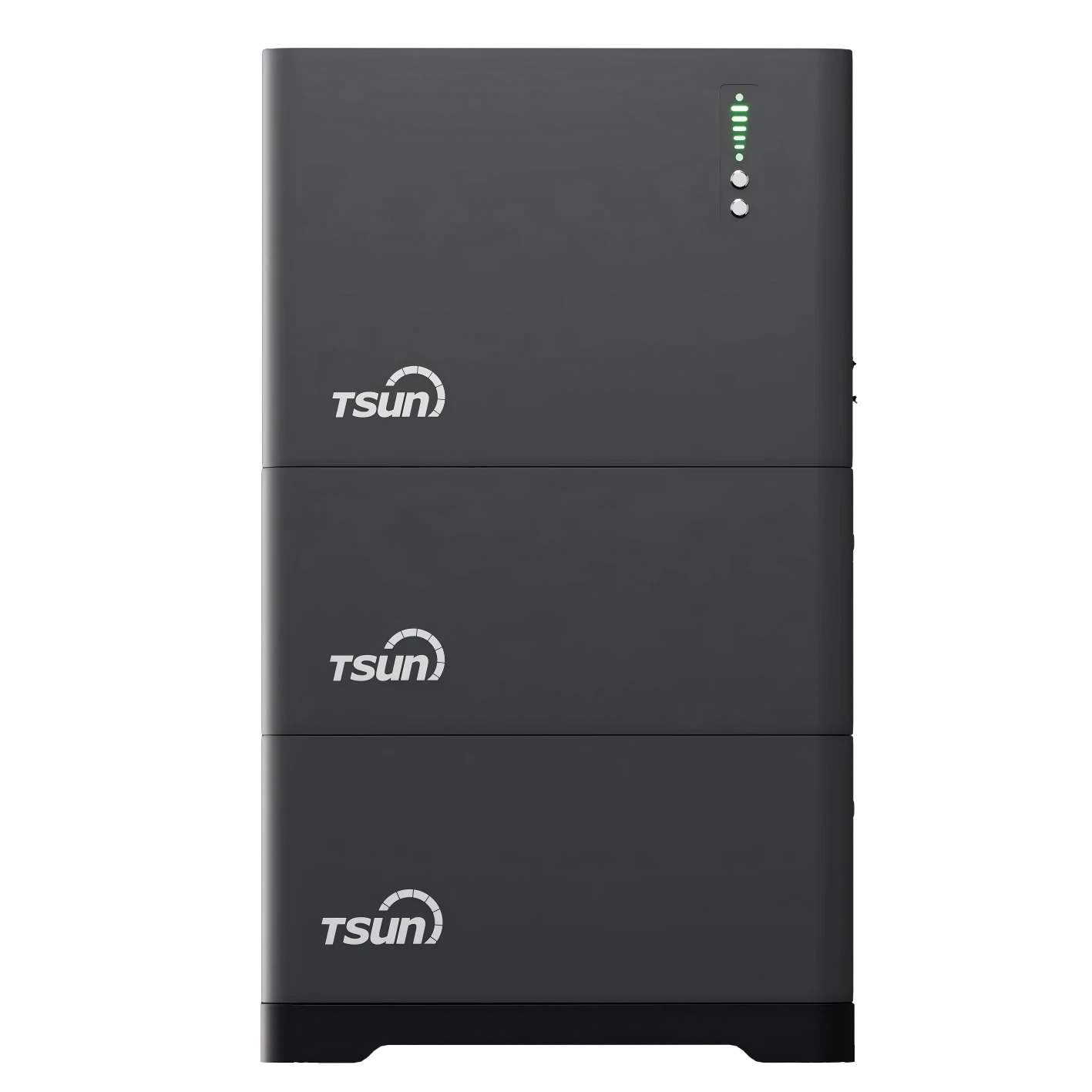
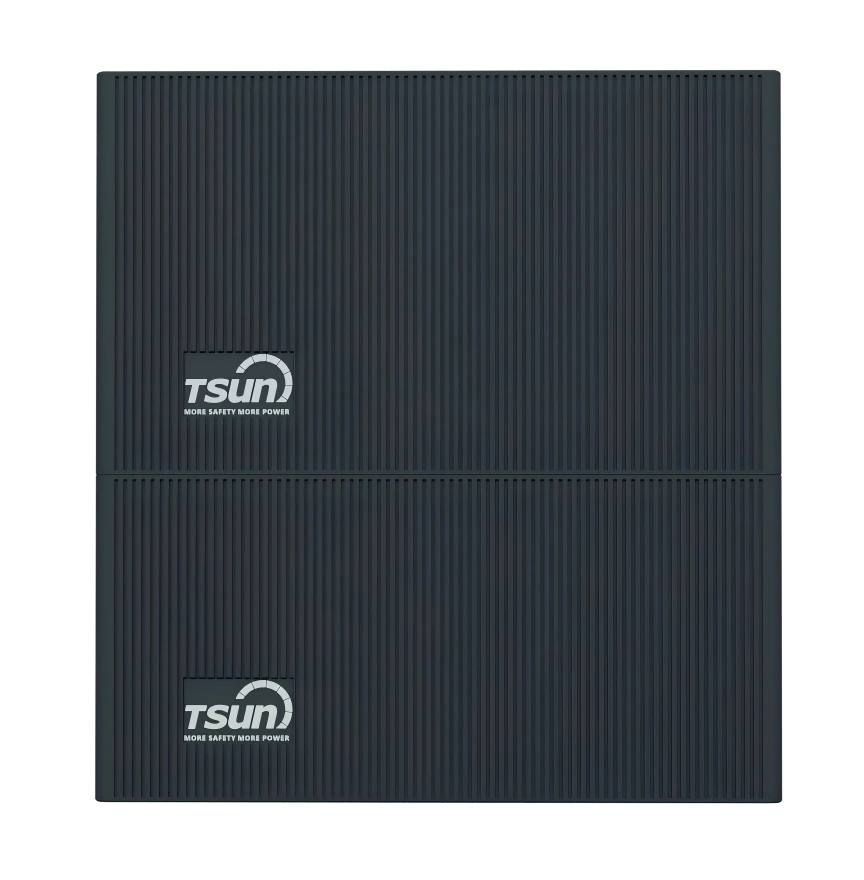
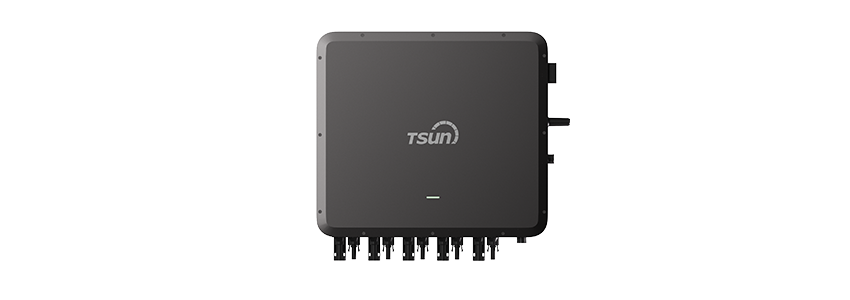
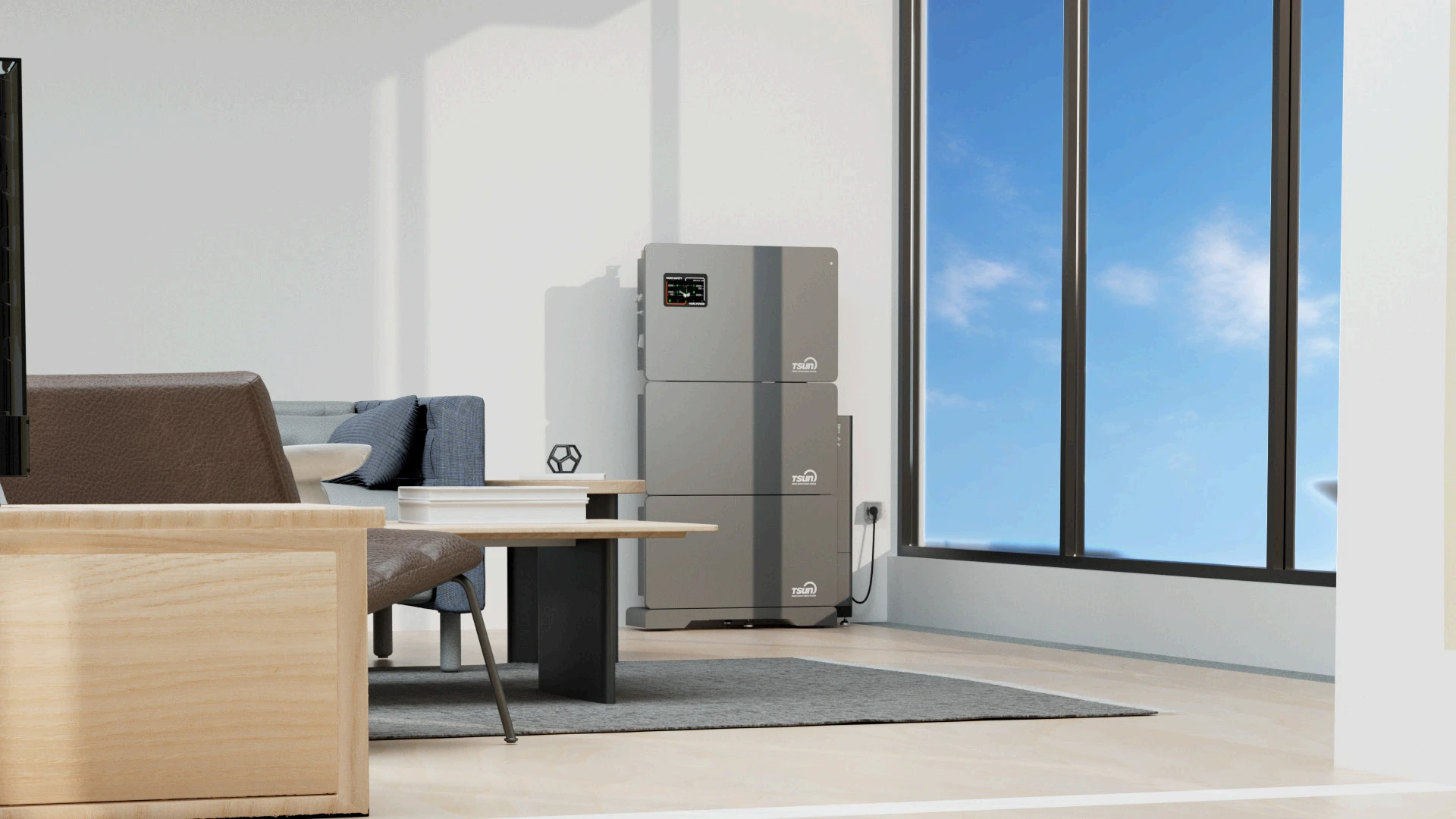

 Downloads
Downloads Video Center
Video Center Report Fault for Repair
Report Fault for Repair FAQS
FAQS Service Network
Service Network Privacy Policy
Privacy Policy Contact us
Contact us Monitoring
Monitoring




 LEARN MORE
LEARN MORE








